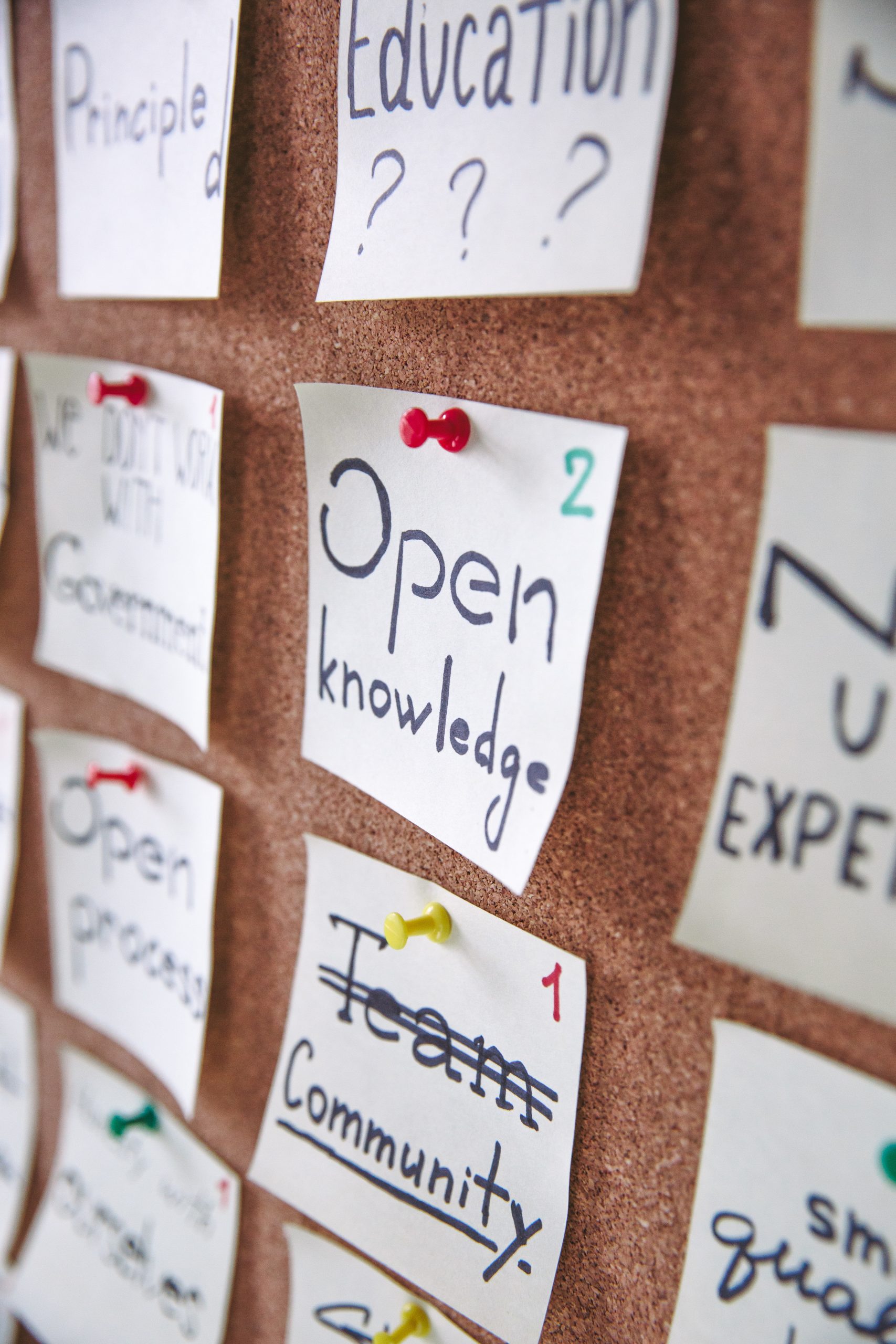143 Chapter One – Lesson Seven
Chapter Essential Questions
- What should be included in community safety plans, and how are they implemented during emergencies?
- Should community members be informed about safety plans, and how?
- How can prevention be accomplished, and what types of incidents can be prevented?
- How does taking preventative measures enhance community safety?
- Why does partnering with local agencies like health clinics, police, and fire departments enhance community safety, and what can communities without these agencies do to secure their communities?
- What resources and funding are available to support First Nation communities for safety?
- What requirements can you implement in your community to establish more effective standards for safety?
- How is a safety proposal written?
Lesson 7: Preparing your community
Outcomes
By the end of this lesson, you should be able to:
- Explain how to assess a community’s readiness for emergencies and safety;
- Explain how risk analysis and cost analysis are used to determine a communities emergency readiness;
- Describe how to perform a regular and systematic asset inspection (counting and assessing the quality of each piece of emergency and safety equipment including all fleet, tools and PPE);
- Discuss why assessing a community’s readiness for safety and emergency response is necessary;
- Create and list an inventory for your community’s current safety and emergency assets.
Assessing a community’s readiness for emergencies and safety
Each community is different but here is a general guideline on how to assess a community’s readiness for emergencies and safety:
1. Conduct a community risk assessment: Identify potential hazards that could impact the community. These hazards could be natural disasters such as floods, earthquakes, or man-made, such as fires, terrorist attacks or chemical spills.
2. Evaluate the community’s response capacity: Determine the community’s capacity to respond to emergencies. Assess the availability and adequacy of emergency services and resources such as police, fire, and medical services.
3. Assess the level of community readiness: Evaluate the level of readiness for emergencies within the community. This includes the level of awareness and knowledge about emergency preparedness, the existence of community-driven emergency response plans, and training available for community members.
4. Determine communication and coordination mechanisms: Identify mechanisms for communicating emergency information and the coordination of emergency response plans. This includes communications equipment, emergency alert systems, and established communication channels between emergency responders and community organizations.
5. Identify resources for recovery: Evaluate the community’s ability to recover from an emergency. This includes assessing the capacity of community organizations and facilities to provide food, shelter, and medical care to affected individuals.
6. Develop a community emergency response plan: Based on the results of the assessment, develop a comprehensive emergency response plan that will inform and guide the community during emergency situations. The plan should be reviewed and updated regularly to ensure its continued relevance and effectiveness.
By assessing a community’s readiness for emergencies and safety, local governments, stakeholders, and community members can put in place measures that will enhance the community’s ability to cope with emergencies and ultimately save lives.

Risk analysis and cost analysis to determine a communities emergency readiness
Risk analysis and cost analysis are two important methodologies that are used by communities to determine their level of emergency readiness. Risk analysis is the process of identifying and evaluating potential hazards or threats that can impact the community in the event of an emergency or disaster. This includes evaluating the likelihood of each hazard occurring and the potential impact it could have on the community.
Cost analysis, on the other hand, involves evaluating the financial resources that are available to the community to address and prepare for emergencies. This includes evaluating the costs associated with emergency response plans, equipment and personnel needs as well as the costs of training and education.
By combining the results of risk analysis and cost analysis, communities can determine their level of emergency readiness. If the potential risks are high, the community may need to increase its investment in emergency preparedness measures, such as increasing training and education for emergency personnel, developing stronger communication and warning systems, and investing in emergency response equipment and personnel.
In contrast, if the potential risks are low, the community may focus more on ongoing maintenance and sustaining their existing emergency preparedness plans and programs. In either case, the goal is to ensure that the community is ready to deal with emergencies and disasters effectively and efficiently.
Assessing a community’s readiness for safety and emergency response
Assessing a community’s readiness for safety and emergency response is a crucial step in ensuring the safety and well-being of its residents. Emergency or disaster situations can strike at any moment, and it is essential to be prepared to respond quickly and effectively.
Community readiness assessments involve evaluating the community’s level of preparedness in terms of its infrastructure, resources, and the capacity to respond to emergencies. This includes assessing the availability of emergency services such as fire departments, law enforcement, and emergency medical services. It also includes evaluating the level of preparedness of community members and the availability of resources such as emergency supplies and equipment.
By conducting a community readiness assessment, stakeholders can identify potential areas of weakness and develop plans to address them. This can help to improve the community’s overall level of preparedness and resiliency in the event of an emergency or disaster. It also helps to promote a culture of safety, responsibility, and cooperation within the community.
Without effective emergency preparedness planning and response, communities can be significantly impacted by the consequences of disasters. Lives may be lost, properties destroyed, and the community’s social and economic fabric may be severely damaged. In addition, poor planning and response can increase the likelihood of long-term recovery and rebuilding efforts, further disrupting the community’s stability.
Assessing a community’s readiness for safety and emergency response is, therefore, crucial to ensure the safety and well-being of its residents. It helps to minimize the potential harm caused by disasters and promote a sense of security and stability within the community. By improving the community’s preparedness, residents can go about their daily lives with peace of mind knowing they are ready to respond to any emergency that may come their way.

A Community Risk Assessment
A Community Risk Assessment is a process that evaluates and prioritizes local risks and determines where resources should be allocated to minimize their occurrence and impact. Its main goal is to provide pertinent data to aid local decision-makers in the planning and implementation of risk reduction measures. While not mandatory, Community Risk Assessments are frequently conducted by state and local authorities. For instance, local fire departments often analyze fire risks and their potential evolution over time. Furthermore, conducting a Community Risk Assessment is an essential part of the Hazard Mitigation Plan, which is necessary for States, Tribes, and local authorities to access critical federal funding. Typically, there are six steps involved in these assessments:
Step 1: Identify Risks
Every community is faced with different natural or human-induced hazards and risks, which vary in their extent and frequency. Natural hazards, for instance, are naturally occurring phenomena that could endanger people, animals, or the environment. In California, natural hazards include earthquakes and other seismic events like liquefaction, wildfires, landslides or mudslides, floods, drought, windstorms, sea-level rise, and pandemics. These natural risks may trigger secondary risks, including infrastructure, power, or water failures, as well as fires and explosions. Climate change exacerbates all these hazards, making them more extreme and unpredictable.
Using local knowledge and expertise is critical since community members often have an in-depth understanding of the hazards and risks they face.
Step 2: Describe Risks and Impacts
After identifying potential hazards, they must be described in detail to better comprehend what to expect during a disaster. Community impacts should be listed based on the information collected. Here are potential topics to cover for hazards and impacts in the community:
Examples of potential hazards:
- Sources of vulnerability
- Probable outcomes during an emergency
- Population density in affected areas
- Other vulnerable groups
- Economic losses or disruptions
- Environmental destruction
- Infrastructure damages
- Availability and accessibility of local resources
By following these two initial steps, community leaders and authorities may better prepare for potential risks and hazards, safeguarding their constituents and minimizing losses, injuries, and damages.
| Category | Hazard description | Impacts |
| Location | The geographic areas that the hazard will impact. Maps are helpful. For example, showing what part of your community is closest to a fault line. | Use past occurrences and the latest predictions. Several factors, including climate change, contribute to the unpredictability of future events. |
| Extent of risk | Strength or magnitude of the hazard. What is the latest science saying? What will this feel like to community members? | How will the level of risk impact the community? For example, our community was constructed before the current code, and many homes cannot withstand extreme earthquakes. |
| Legacy occurrence | When has this happened before? This helps estimate the likelihood that a hazard is repeated and can help estimate or picture the potential impacts. | How does legacy show up in placing my community at risk? For example, my community has experienced redlining, which has created underinvestment in my community, and now we are at greater risk. |
| Probability of future events | Use past occurrences and the latest predictions. Several factors, including climate change, contribute to the unpredictability of future events. | How will the future inform my risk? For example, future events can place housing and assets at greater risk to climate change. |
Stage 3: Recognize the Resources and Capabilities of the Community to Reduce Risk and Enhance Resilience
During this phase, the focus is on identifying the significance of the community to its inhabitants. This section presents an opportunity to highlight the way frontline communities perceive themselves and their abilities. The conventional risk assessments carried out by the government usually evaluate risk based on financial or economic implications instead of human consequences. Consequently, because of years of divestment, frontline communities tend to possess fewer resources, and the considerable resources at their disposal are typically undervalued.
This perpetuates further imbalance, since governments are more likely to channel resources towards hazard mitigation measures that benefit financially asset-rich areas, regardless of the number of people protected. Keeping an account of the resources present in frontline communities can shift the narrative away from being purely financially motivated. Moreover, it can exert pressure on those in charge of decision-making to consider other metrics for evaluating the worth of community assets.
Step 4: Conduct a Risk Analysis
In order to determine what is at risk, it is important to identify potential hazards and community assets. There are several methods for analyzing risk, including:
1. Exposure Analysis: Map existing and future assets in hazard areas to understand how risks may differ depending on the size and scale of the event.
2. Historical Analysis: Use information on previous hazard events to predict potential impacts and losses during future events.
3. Scenario Analysis: Predict the impacts of a specific event. This method is useful for low frequency, high consequence hazards where historical data is limited.
It is important to incorporate diverse perspectives, including those of front-line communities who may have unique insights based on their experiences.
Step 5: Summarize and Share
Once the risk analysis is complete, summarize the information gathered and share it with community members, leaders, policymakers, and other stakeholders. Aim for concise and understandable language, with graphics or visual aids as needed. Consider translating the report into native languages to increase accessibility.
Step 6: Monitor, Evaluate, and Revise
Community Risk Assessments should be living documents. Develop a plan to continually monitor and evaluate the risks, and regularly revise the report as needed. Ensure that a variety of voices and perspectives are included in the process.

Conduct a consistent and structured evaluation of assets
Outline the steps to conduct a consistent and structured evaluation of assets, involving the inventory and evaluation of emergency and safety equipment, fleet, tools, and PPE.
Step 1: Prepare a Checklist
Create an inventory checklist of all emergency and safety equipment, fleet, tools, and PPE. Ensure the list is comprehensive and includes all important equipment. The checklist will aid in ensuring each item is inspected, counted, and assessed.
Step 2: Schedule Inspections
Schedule regular inspection intervals to ensure that each item is systematically checked. Inspections should ideally be done annually, but it can vary depending on the organization’s needs.
Step 3: Assign Roles
Assign personnel or create a team to conduct the inspection. Ensure they are trained to identify necessary quality standards and can report any asset-related defects on time.
Step 4: Conduct Inspections
Perform the asset inspection using the checklist as a guide. The inspection can be done either manually or electronically (e.g., through the use of asset management software). Each item’s condition, functionality, and serviceability should be evaluated.
Step 5: Report on Assets
Report on the inspections immediately. Communicate any issues recorded in the inspection report to appropriate stakeholders. The report should include all asset details, including their location, condition, and the recommended course of action if deficiencies are discovered.
Step 6: Take Action
Make the necessary adjustments on the inspection report. Approve repairs, dispose of obsolete equipment. Ensure that all assets that need repairs are repaired on time, and all redundant assets are taken care of to ensure they don’t contribute to losses.

How to create and list an inventory for your community’s current safety and emergency assets
1. Identify the types of safety and emergency assets in your community:
Before creating an inventory, make a list of all the emergency assets that are available in the community. Some examples include first-aid kits, fire extinguishers, emergency lights, generators, shelters, and communication devices.
2. Determine the location of the assets:
After identifying the emergency assets, it is important to determine the location of each item. It will make it easier to retrieve the necessary items during an emergency situation. Take note of the building, floor, or room where each emergency asset is stored.
3. Organize the inventory:
Organizing the inventory is crucial to make it easy to read and understand. Group similar items together and number them for reference. Create a spreadsheet or a document with columns for items, location, quantity, and condition.
4. Check the condition of the assets:
Make sure to check the condition of each emergency asset regularly. If an item is damaged or expired, remove it from the list and replace it immediately.
5. Include important contact information:
In an emergency situation, it is important to have the necessary contact information readily available. Make sure to include the phone number of emergency services, local hospitals, and other important contacts.
6. Share the inventory with the community:
Once the inventory has been created, share it with the community. Make sure that everyone is aware of the location of each emergency asset, and how to access them in case of an emergency. This can be published in local newsletters, websites or social media platforms.
By following these steps, you can easily create and list an inventory of emergency assets in your community. This will ensure that everyone is prepared and has easy access to necessary emergency items when needed.
Journal Prompt
Using the forum labelled “Course 12: Lesson 7,” make a journal entry responding to the prompt below. Ensure that you title the entry “Lesson 7”. After writing a journal entry, go and make a comment on two other posts from your classmates. It can be about anything you noticed, liked, agreed with etc. The idea is to continue the dialogue about the topic.
Prompt: Choose two of the following questions to share in your journal prompt:
1. What are the key factors that need to be considered when assessing a community’s readiness for emergencies and safety?
2. Reflect on your own experiences or observations of emergency preparedness in your community.
3. What are some challenges that may arise when assessing a community’s readiness for emergencies and safety, and how can these be addressed?
4. Consider the different stakeholders involved in emergency preparedness and response. How can their perspectives and priorities be included in the assessment process?
5. Reflect on the importance of communication and community engagement when assessing a community’s readiness for emergencies and safety. What strategies can be used to effectively engage and inform community members?
*View the journal entry and journal comment rubric to see how they will be marked.
| Criteria | Exemplary 4 |
Accomplished 3 |
Developing 2 |
Beginning 1 |
| Purpose | Strong voice and tone that clearly addresses the purpose for writing. | Appropriate voice and tone. The purpose is largely clear. | Attempts to use personal voice and tone. Somewhat addresses the intended purpose. | Demonstrates limited awareness of use of voice and tone. Limited evidence of intended purpose. |
| Understanding | Many interesting, specific facts and ideas are included. | Many facts and ideas are included. | Some facts and ideas are included. | Few facts and ideas are included. |
| Conventions | All grammar and spelling is correct. | Only one or two grammar and spelling errors. | A few grammar and spelling errors. | Many grammar and spelling errors. |
| Reply | Made two significant contributions to the online forum. Highly supportive of others. | Made one contribution to the online forum. Supported group members. | Attempted to contribute to online forum but was vague and unclear in the writing. | Minimally involved. Offered limited support to online group members. |
